Shark Awareness Day is celebrated annually on July 14, offering a moment to dispel myths and appreciate the vital role sharks play in keeping our oceans balanced and healthy.
History of Shark Awareness Day
Shark Awareness Day originated in the United States to challenge the fear-driven image of sharks prevalent in the media. The holiday gained traction through conservation groups and media campaigns that revealed sharks are more threatened by humans than vice versa.1
Sharks have been around for over 400 million years—predating dinosaurs and surviving five mass extinctions. Despite this resilience, today’s sharks face existential threats, largely due to human activity like fishing, finning, and habitat degradation. Shark Awareness Day emphasizes understanding these creatures and advocating for their conservation.
Why Shark Awareness Day matters
When I consider Shark Awareness Day, I see more than fearsome creatures—I see ancient guardians of the sea whose health indicates the wellbeing of entire marine ecosystems. These apex predators help regulate populations, ensure genetic vitality, and support carbon-rich habitats like seagrass and coral reefs. Losing sharks wouldn’t just dim the ocean—it would unravel lifelines that keep our planet balanced.
The day also stands as a powerful counter-narrative to cultural fear. Blockbusters like Jaws have skewed public perception, painting sharks as man-eaters. Shark Awareness Day encourages learning and compassion, reminding us that humans pose a far greater threat to sharks than they do to us—roughly 100 million are killed each year by fishing and finning.
- It reminds us sharks are essential ecosystem guardians
- It counters outdated myths with science and facts
- It underscores urgent threats like overfishing and finning
- It honors ancient species that sustain ocean health
- It invites us to support research and protective policies
Shark facts
- Sharks have been around for over 400 million years, predating dinosaurs.
- The whale shark is the largest fish in the ocean, growing up to 40 feet long.
- The Greenland shark can live for over 400 years, making it the longest-living vertebrate known.
- A shark can detect one drop of blood in a million drops of water.
- Sharks have a special sense called electroreception—they can sense the electrical fields of other animals.
- Unlike most fish, sharks do not have bones—their skeletons are made entirely of cartilage.
- Some species, like the great white shark, can leap out of the water in a hunting behavior known as “breaching.”
- Sharks can replace their teeth thousands of times during their lifetime.
- Not all sharks need to keep swimming to breathe—some, like nurse sharks, can pump water over their gills.
- Sharks have ampullae of Lorenzini—tiny pores on their snouts used to detect prey even buried under sand.
- There are over 500 known species of sharks in the world, ranging in size, habitat, behavior, and appearance.
Famous and fascinating shark species
1. Great White Shark (Carcharodon carcharias)
The most iconic predator in the ocean, known for its massive size and sharp teeth. Great whites can grow over 20 feet long and are found in cool, coastal waters. They can breach the surface while hunting and are responsible for most recorded shark attacks on humans—though such attacks are still rare.
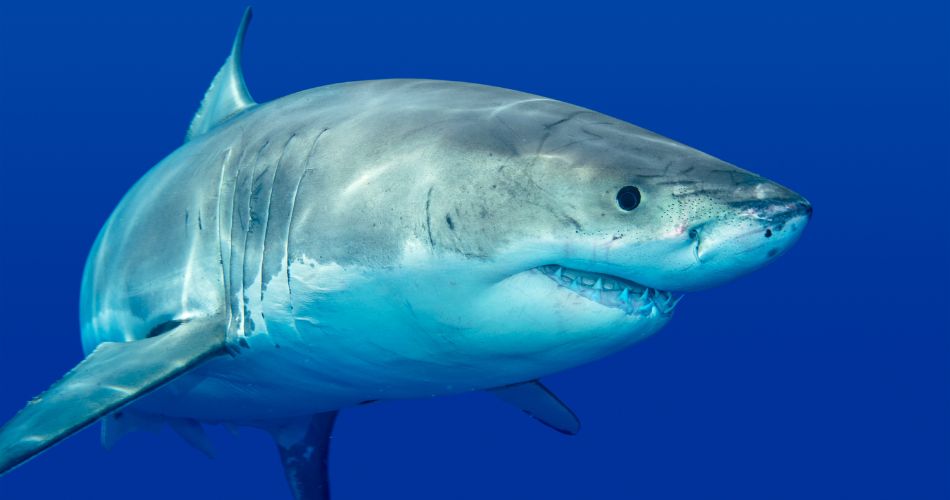
2. Whale Shark (Rhincodon typus)
The largest shark and the largest fish in the ocean, reaching lengths of 40 feet or more. Despite its size, the whale shark is a gentle filter feeder, consuming plankton, small fish, and krill. It has a wide, flattened head with a mouth that can be up to 5 feet wide.
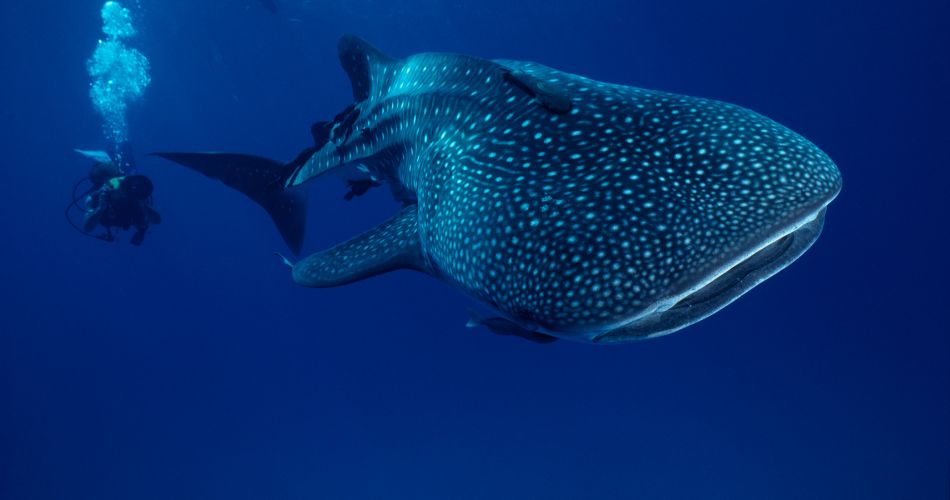
3. Hammerhead Shark (Family: Sphyrnidae)
Easily recognized by its hammer-shaped head, which improves sensory perception and allows better maneuvering. Hammerheads often swim in schools during the day and can be found in warm, coastal waters. Their unusual head shape enhances their ability to detect prey through electroreception.
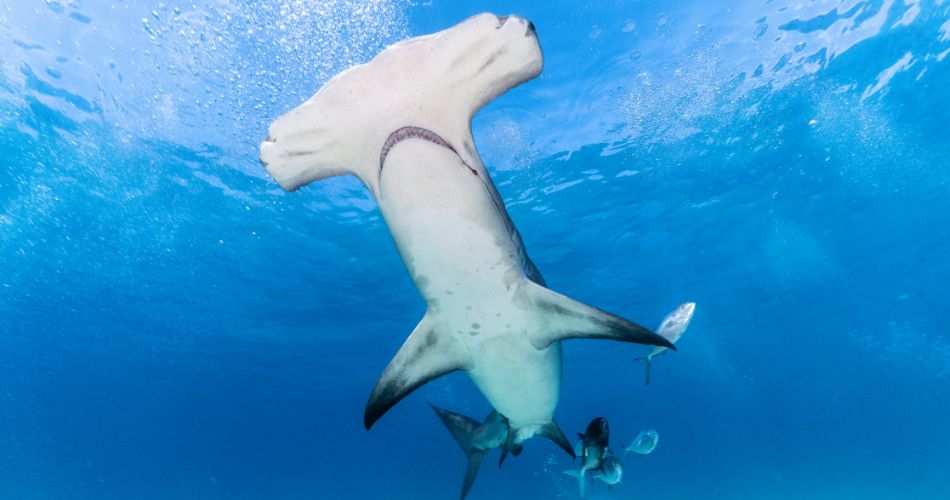
4. Tiger Shark (Galeocerdo cuvier)
Nicknamed the “garbage can of the sea” due to its highly varied diet, which includes fish, seals, birds, and even trash. Known for the vertical stripes on its body (like a tiger), this shark is a powerful and curious predator, often found in tropical and subtropical waters.
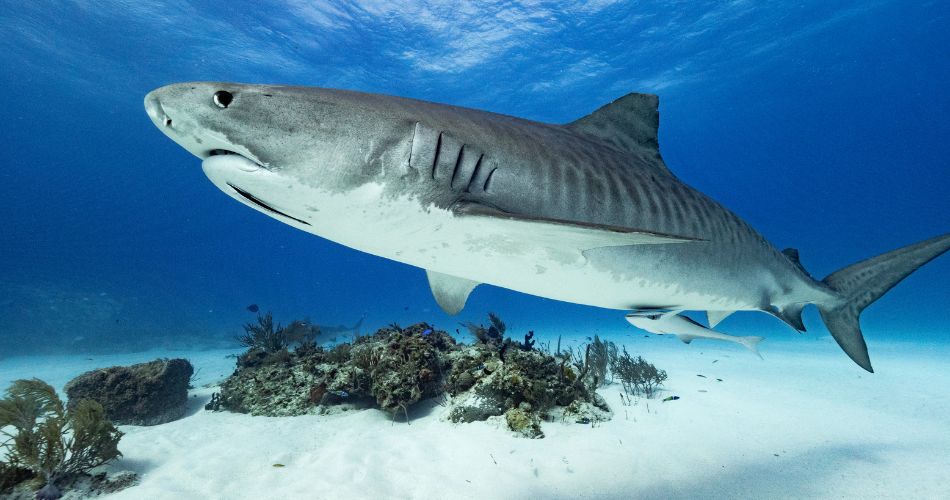
5. Bull Shark (Carcharhinus leucas)
One of the most dangerous sharks due to its aggressive nature and ability to swim in both saltwater and freshwater. Bull sharks have been found in rivers and lakes and are highly territorial. They have a stocky build and are responsible for a significant number of near-shore attacks.
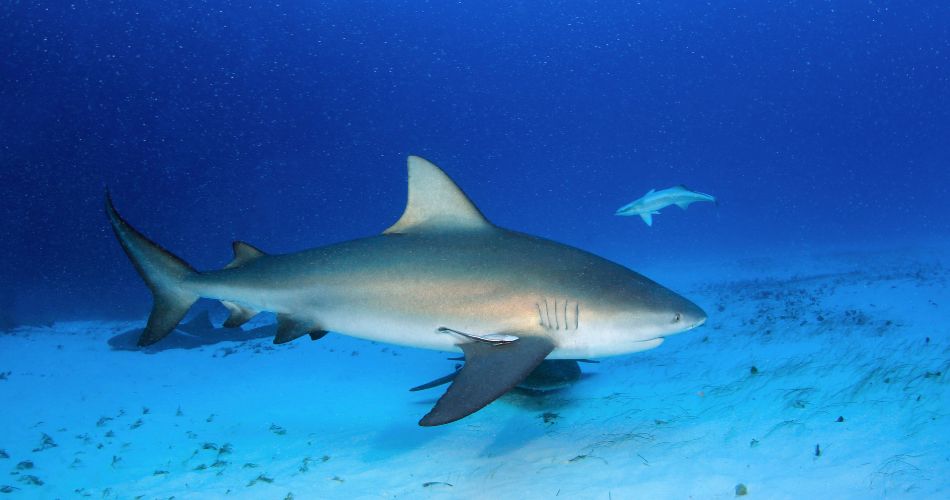
6. Mako Shark (Isurus oxyrinchus)
The fastest shark, reaching speeds up to 45 mph (72 km/h). Mako sharks are sleek, with pointed noses and powerful tails, allowing for bursts of speed to catch fast prey like tuna and swordfish. They are also known for their leaping ability.

7. Greenland Shark (Somniosus microcephalus)
This deep-sea dweller is one of the slowest-moving and longest-living vertebrates, with lifespans estimated to exceed 400 years. Found in the Arctic and North Atlantic, the Greenland shark lives in near-freezing waters and often eats carrion or slow-moving prey.
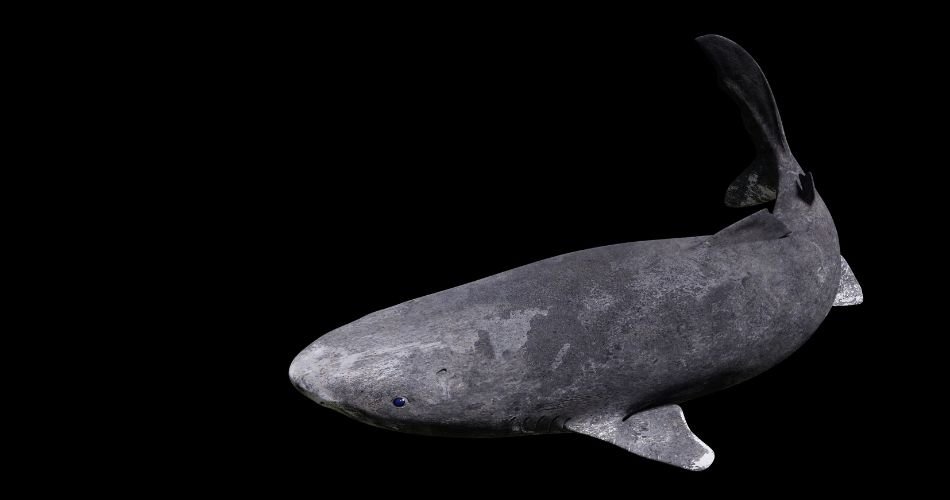
8. Thresher Shark (Alopias spp.)
Famous for its extraordinarily long tail, which can be as long as its body. Thresher sharks use their tail like a whip to stun schools of fish. They are fast swimmers and prefer deep, open water, but occasionally come closer to shore.
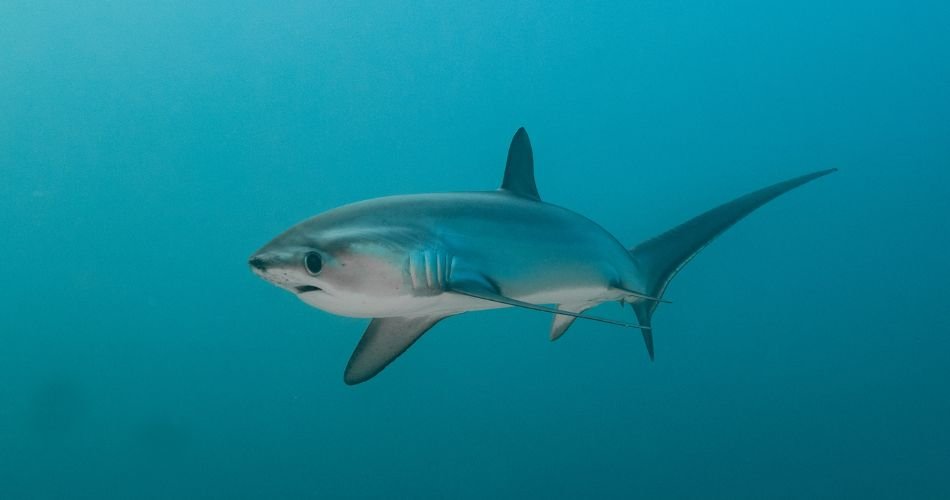
9. Nurse Shark (Ginglymostoma cirratum)
A slow-moving, bottom-dwelling shark found in warm, shallow waters. Nurse sharks are generally docile and often rest during the day in groups. They feed on crustaceans, mollusks, and small fish, sucking prey into their mouths with a vacuum-like motion.

10. Goblin Shark (Mitsukurina owstoni)
A rare and bizarre-looking species, often called a “living fossil”. It has a long, flattened snout and protruding jaws that snap forward quickly to catch prey. Goblin sharks live in deep-sea environments and are rarely seen by humans.
How to Observe Shark Awareness Day
You don’t need to dive into shark-infested waters—unless you’re a trained diver! The most impactful action is educating yourself and others. Read from credible sources like the Shark Trust or IUCN, watch documentaries such as Sharkwater, attend webinars, and share insights with your community.
Supporting conservation groups—be it Shark Stewards, the Save Our Seas Foundation, or the Atlantic Shark Institute—also makes a real difference. Donate, volunteer, or engage in local efforts like beach cleanups to reduce pollution that harms sharks. And consider supporting policy changes: advocate against finning, endorse marine protected areas, and back sustainable fishing practices.
- Watch a shark documentary and discuss what surprised you
- Share shark facts online to help reduce fear
- Join a webinar or virtual event hosted by shark groups
- Advocate for policies protecting shark habitats and species
- Donate to or volunteer with shark conservation organizations
Shark Awareness Day Dates Table
| Year | Date | Day |
|---|---|---|
| 2025 | July 14 | Monday |
| 2026 | July 14 | Tuesday |
| 2027 | July 14 | Wednesday |
| 2028 | July 14 | Friday |
| 2029 | July 14 | Saturday |
Subscribe to our newsletter and never miss a holiday again!

